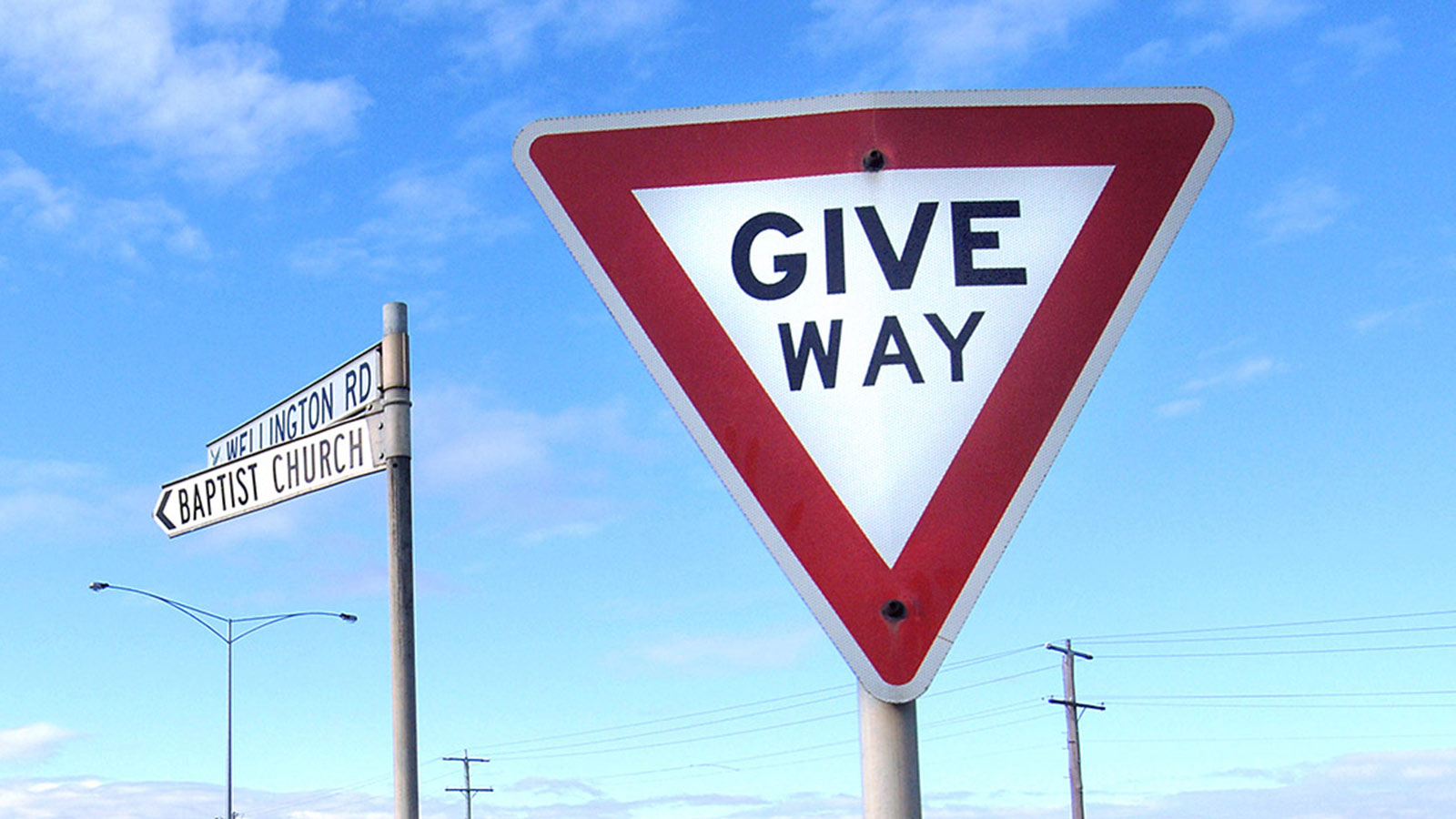Giving way or ‘right of way’ is arguably one of the most contested rules on Victorian roads, so we’ve done our best to clear up the confusion.
When it comes down to it, giving way is about courtesy and common sense. If you’re stopped, you must remain stationary until it’s safe to proceed. If you’re moving but anticipate a potential hazard, you must slow down or stop to avoid collision. Here we explore some common examples.
